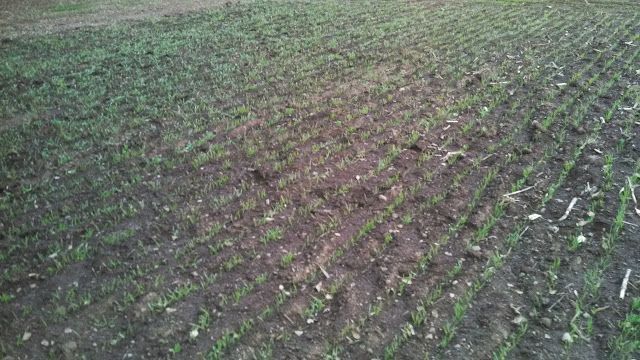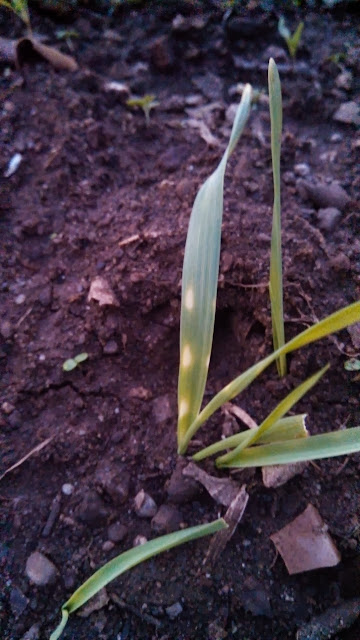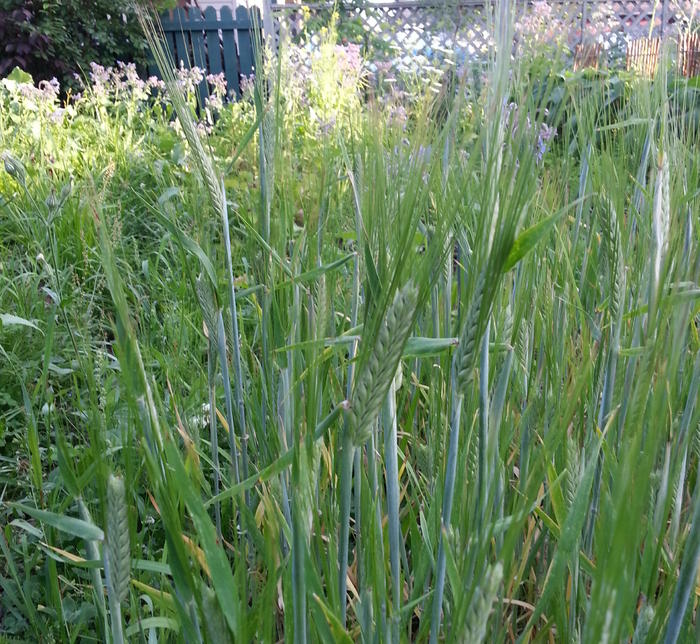CitizenCane
Member
- Joined
- Dec 16, 2013
- Messages
- 10
- Reaction score
- 4
Hey Drummstikk,
A couple thoughts on some of your pics.
Predation: If those pics were taken here, my first guess would be cut worm but I don't know if you have them in CA. Second would be rabbits but they tend to leave a few business cards laying around. Cut worms get to about an inch long and close to a pencil around. During the day, they hide in the soil and then come out at night to feed. Scratch around a couple inches deep. One or two per ft sq can do a lot of damage. When they are disturbed, they roll up in a "C" shape. The adults are miller moths. If you have them, that might be what the chickens were after. When they pupate, the damage stops and that might be about the time the nets went up. I'm probably wrong but if it was in the Great Plains, I would bet that's the problem. From what I see, I don't think its worth trying to control.
Most of the weeds I see in your pics can be controlled by 2-4D. This is the active ingredient in Weed-be-gone and many others. It will only kill broad leaf plants if applied properly. Just be careful. If you apply it to lightly, it will make the weeds grow faster; to heavy and you will get funky looking heads on the barley and reduced yields. Spending an hour out there with a sprayer full of just water to get the rates right is still easier than hoeing.
Anyway, hope this helps.
A couple thoughts on some of your pics.
Predation: If those pics were taken here, my first guess would be cut worm but I don't know if you have them in CA. Second would be rabbits but they tend to leave a few business cards laying around. Cut worms get to about an inch long and close to a pencil around. During the day, they hide in the soil and then come out at night to feed. Scratch around a couple inches deep. One or two per ft sq can do a lot of damage. When they are disturbed, they roll up in a "C" shape. The adults are miller moths. If you have them, that might be what the chickens were after. When they pupate, the damage stops and that might be about the time the nets went up. I'm probably wrong but if it was in the Great Plains, I would bet that's the problem. From what I see, I don't think its worth trying to control.
Most of the weeds I see in your pics can be controlled by 2-4D. This is the active ingredient in Weed-be-gone and many others. It will only kill broad leaf plants if applied properly. Just be careful. If you apply it to lightly, it will make the weeds grow faster; to heavy and you will get funky looking heads on the barley and reduced yields. Spending an hour out there with a sprayer full of just water to get the rates right is still easier than hoeing.
Anyway, hope this helps.












































![Craft A Brew - Safale S-04 Dry Yeast - Fermentis - English Ale Dry Yeast - For English and American Ales and Hard Apple Ciders - Ingredients for Home Brewing - Beer Making Supplies - [1 Pack]](https://m.media-amazon.com/images/I/41fVGNh6JfL._SL500_.jpg)




















